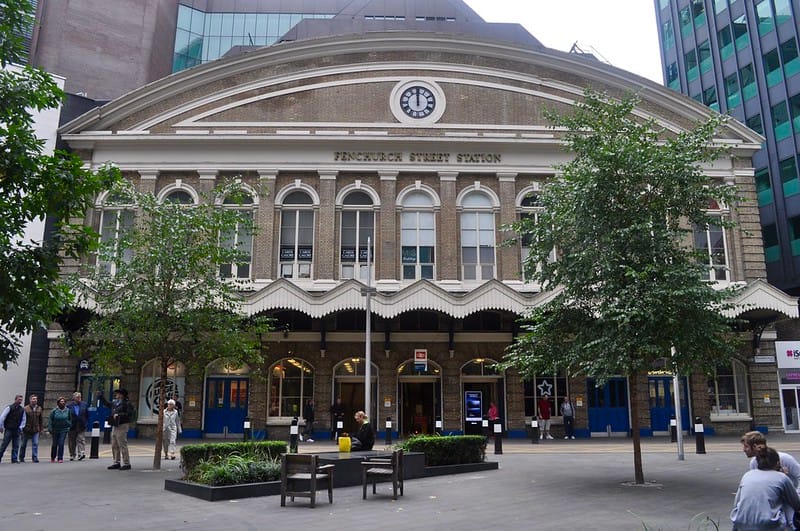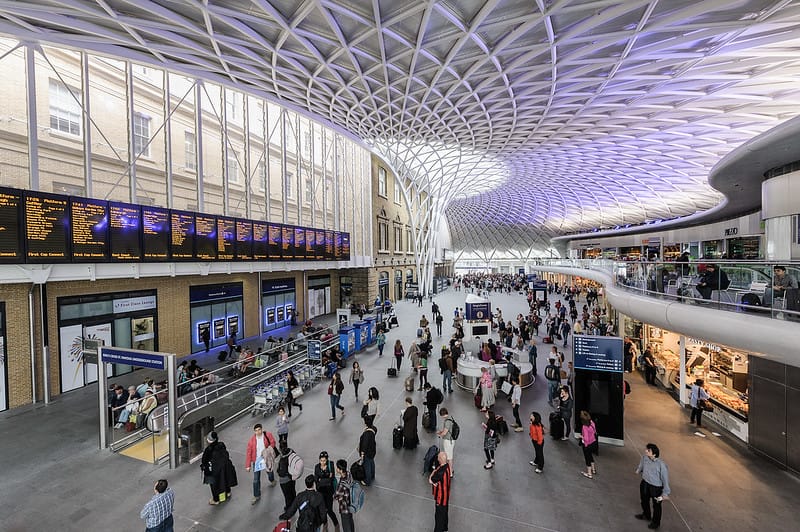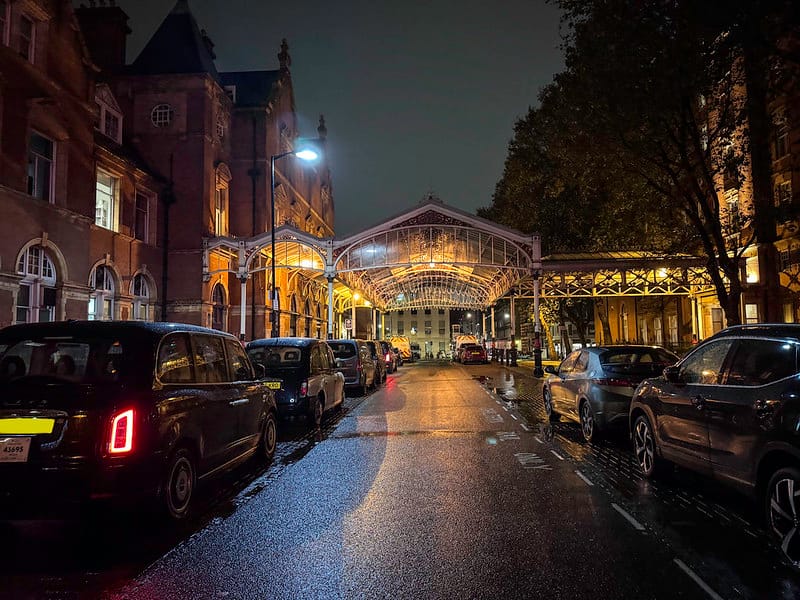Liverpool Street Station, located in the bustling heart of London, is one of the city’s major railway terminals. With a rich history that spans over a century, the station is a testament to Victorian engineering and London’s evolving transport needs.
Early Foundations
Liverpool Street Station was officially opened on February 2, 1874, by the Great Eastern Railway (GER). It was built to replace Bishopsgate Station, which had become inadequate for the increasing demand for rail travel in the 19th century. Named after the nearby Liverpool Street, the station was designed to serve as a central hub for passengers traveling between London and the eastern regions of England.
The architect Edward Wilson designed the station with an innovative layout, including ten platforms and extensive goods facilities. Its construction involved the demolition of hundreds of properties, reflecting the transformative impact of railway expansion on London’s urban landscape.
Victorian Grandeur
When it opened, Liverpool Street Station was celebrated for its impressive Victorian architecture. The station’s roof, designed by C.H. Driver, featured a combination of iron and glass that allowed natural light to flood the concourse. This blend of functionality and aesthetic appeal set a standard for railway stations across the UK.
The station also incorporated cutting-edge technology for the time, including hydraulic lifts and an advanced signaling system, which highlighted the Great Eastern Railway’s commitment to modernization.
The Role in the World Wars
During World War I, Liverpool Street Station became a departure point for soldiers heading to the front lines. It also played a significant role in the Kindertransport, a rescue mission that brought thousands of Jewish refugee children to Britain from Nazi-occupied Europe in the late 1930s. A poignant memorial at the station today commemorates this humanitarian effort.
World War II brought significant challenges to the station. Liverpool Street sustained heavy damage during the Blitz, but its essential services continued, underscoring the resilience of London’s railway infrastructure during times of crisis.
Modernization and Expansion
In the post-war years, Liverpool Street Station underwent several upgrades to accommodate growing passenger numbers. The 1980s marked a significant period of modernization, including the electrification of the rail lines and the redevelopment of the station’s concourse. These changes transformed Liverpool Street into a modern transport hub while preserving its historical character.
The 1991 opening of the Broadgate development, a large office and retail complex adjacent to the station, further integrated Liverpool Street into London’s financial district, making it a key access point for commuters.
Contemporary Importance
Today, Liverpool Street Station serves as a gateway to London for millions of passengers each year. It provides access to key destinations in the East of England, including Cambridge, Norwich, and Stansted Airport. The station is also a crucial link in London’s transport network, connecting to the Underground, Overground, and the Elizabeth Line.
Cultural Significance
Beyond its functional role, Liverpool Street Station has made its mark in popular culture. It has been featured in films, literature, and art, symbolizing the vitality and dynamism of London life. The station’s Kindertransport memorial and the Great Eastern Hotel—a luxurious hotel built alongside the station in 1884—add layers of historical and cultural depth.
Conclusion
Liverpool Street Station is more than just a transit point; it is a living piece of London’s history. From its Victorian origins to its role in modern urban life, the station stands as a testament to the city’s resilience, innovation, and commitment to connecting people. Whether you’re a commuter, a traveler, or a history enthusiast, Liverpool Street Station offers a fascinating glimpse into the story of London’s development.



